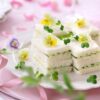
Imagine stepping into a serene oasis, where the gentle aroma of brewing tea wafts through the air and time seems to slow down. This is the magic of a tea house – a concept that has captivated cultures around the world for centuries. Let’s embark on a journey to explore the rich tapestry of tea house traditions, their evolution, and their enduring significance in our fast-paced modern world.
A Sip Through Time: The Historical Roots of Tea Houses
The concept of tea houses dates back over a thousand years, with roots deeply embedded in Asian cultures. In China, the earliest tea houses emerged during the Tang Dynasty (618-907 AD), serving as havens for scholars, artists, and merchants to gather, discuss ideas, and enjoy the finest teas.
Fun Fact: The oldest teahouse still in operation is Tsuen Tea in Kyoto, Japan, founded in 1160!
As tea spread across the globe, so did the concept of dedicated spaces for its consumption and appreciation. Each culture infused its unique flavors into the tea house tradition, creating a diverse landscape of tea-drinking experiences.
A World in a Teacup: Cultural Diversity of Tea Houses
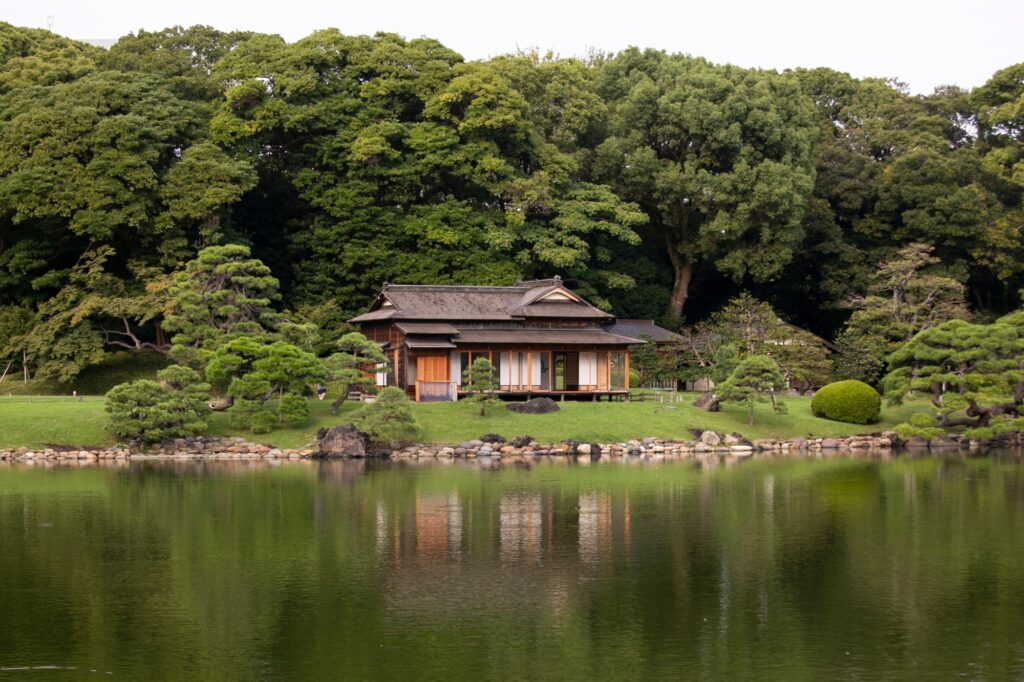
The Zen of Japanese Tea Ceremony
In Japan, the tea house evolved into a spiritual sanctuary. The chashitsu (tea room) became the stage for the elaborate chanoyu (tea ceremony), where every movement is a meditation, and every sip is an act of mindfulness.
Chinese Tea Culture: A Social Tapestry
Chinese tea houses, or cháguăn, have long been centers of social life. Here, people gather to play games, conduct business, or simply catch up with friends over a pot of fragrant oolong or pu-erh tea.
British Afternoon Tea: A Delightful Ritual
Crossing continents, we find the British afternoon tea – a delightful ritual born in the 19th century. Picture elegant tea rooms with tiered trays of scones, finger sandwiches, and delicate pastries accompanying steaming pots of Earl Grey.
Middle Eastern Tea Traditions: A Symbol of Hospitality
In countries like Morocco and Turkey, tea houses are emblems of hospitality. The rhythmic pouring of mint tea or the careful preparation of Turkish çay in tulip-shaped glasses is a warm welcome to guests and a cornerstone of social interaction.
Architectural Marvels: The Design of Tea Houses
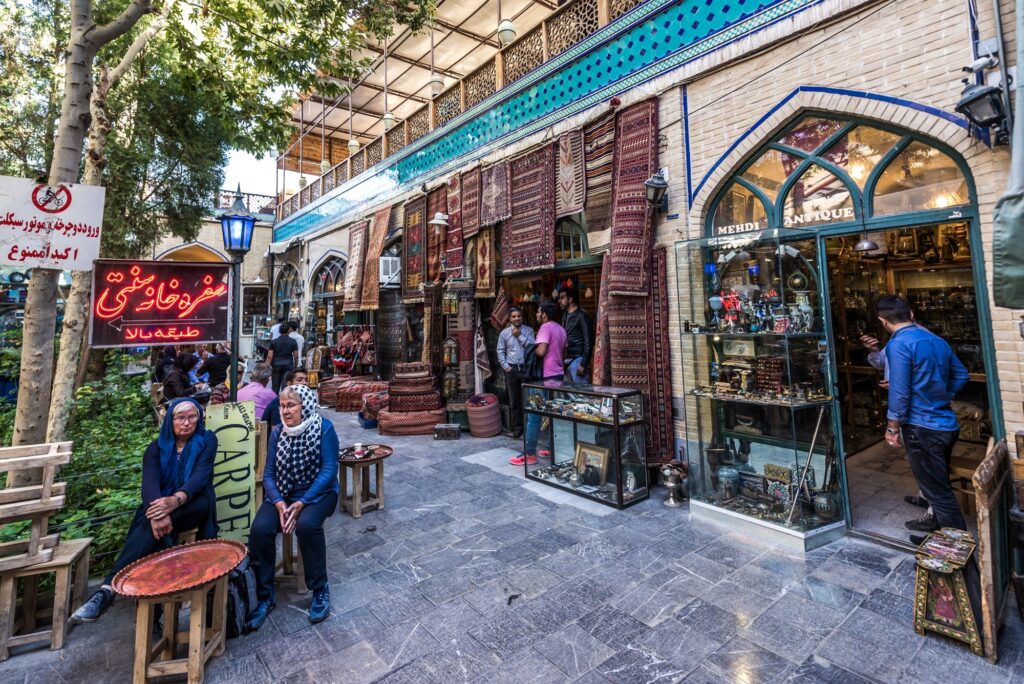
Tea house architecture is a fascinating study in cultural expression. From the minimalist elegance of a Japanese tea room to the ornate splendor of a Victorian tea salon, each style reflects the values and aesthetics of its culture.
In Japan, tea houses embody the principles of wabi-sabi – finding beauty in simplicity and imperfection. Low entrances require guests to bow, symbolically leaving the outside world behind. In contrast, British tea rooms often feature plush seating, fine china, and elaborate décor, emphasizing luxury and social status.
Modern urban tea houses blend these traditional elements with contemporary design, creating spaces that are both Instagram-worthy and deeply rooted in tea culture.
More Than Just Tea: The Social Fabric of Tea Houses
Throughout history, tea houses have served as much more than places to enjoy a beverage. They’ve been:
- Intellectual Hubs: In 18th century London, coffee and tea houses were hotbeds of political discussion and scientific debate.
- Meditation Spaces: Zen Buddhist monks used tea ceremonies as a form of moving meditation.
- Business Centers: Many a deal has been struck over a cup of tea in Chinese tea houses.
- Cultural Preserves: Tea houses often serve as living museums, preserving traditional customs and rituals.
The Art of the Brew: Tea Preparation Methods
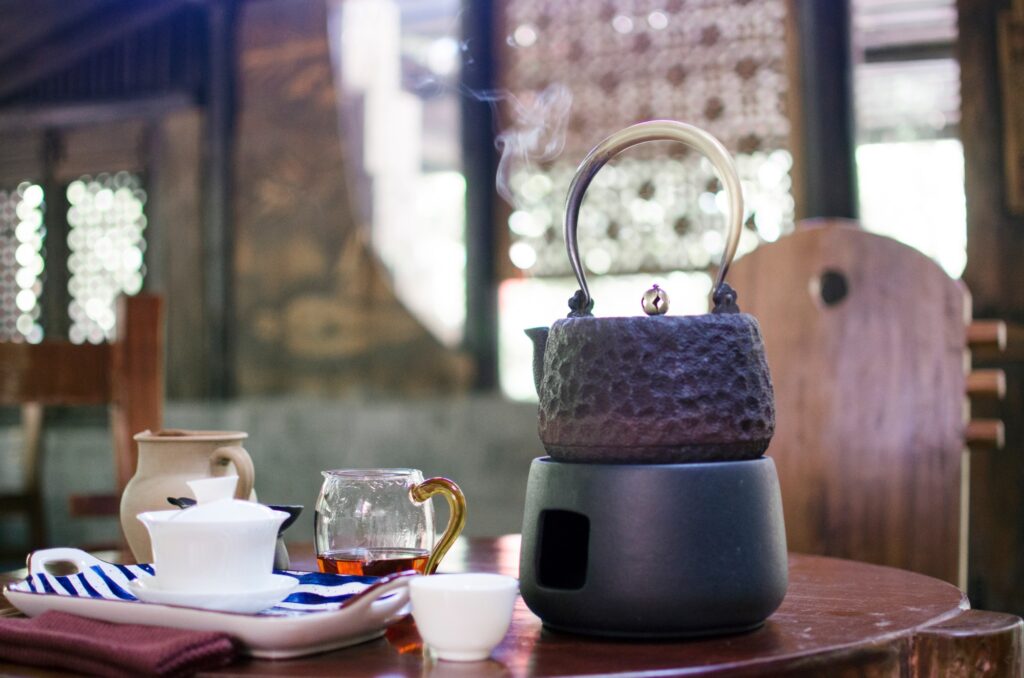
One of the most fascinating aspects of tea houses is the diverse methods of tea preparation. Each culture has developed its own rituals and techniques:
- In Japan, the whisking of matcha in the tea ceremony is an art form in itself.
- Chinese gongfu tea service involves multiple short infusions to bring out the tea’s complex flavors.
- The Russian samovar keeps water hot for hours, allowing for continuous tea service.
These methods not only affect the taste of the tea but also create a sensory experience that engages all the senses.
Tea Houses in the Modern World: Tradition Meets Innovation
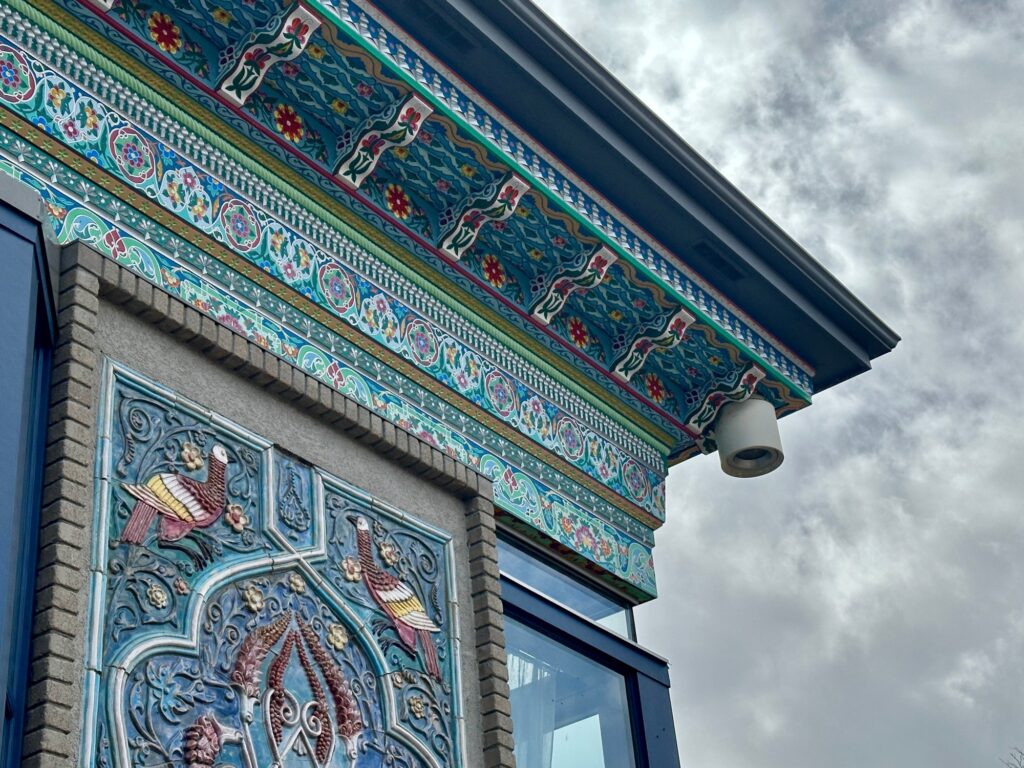
As we hurtle through the 21st century, tea houses are evolving to meet contemporary needs while honoring their rich heritage. Modern urban tea houses often feature:
- Fusion menus that blend traditional teas with innovative flavor combinations
- Digital ordering systems for efficiency, alongside traditional service methods
- Spaces designed for both socializing and solo work, catering to digital nomads
Yet, at their core, they still offer what humans have always sought in tea houses: a moment of calm, a sense of community, and the simple pleasure of a well-brewed cup of tea.
The Enduring Appeal of Tea Houses
In a world that often feels chaotic and disconnected, tea houses offer a timeless remedy – a space to slow down, connect with others, and savor the moment. Whether you’re participating in an ancient ceremony or grabbing a quick bubble tea, you’re part of a tradition that spans centuries and continents.
So the next time you step into a tea house, take a moment to breathe in the aromatic steam rising from your cup. You’re not just drinking tea; you’re participating in a rich cultural tapestry that continues to evolve and enchant.



